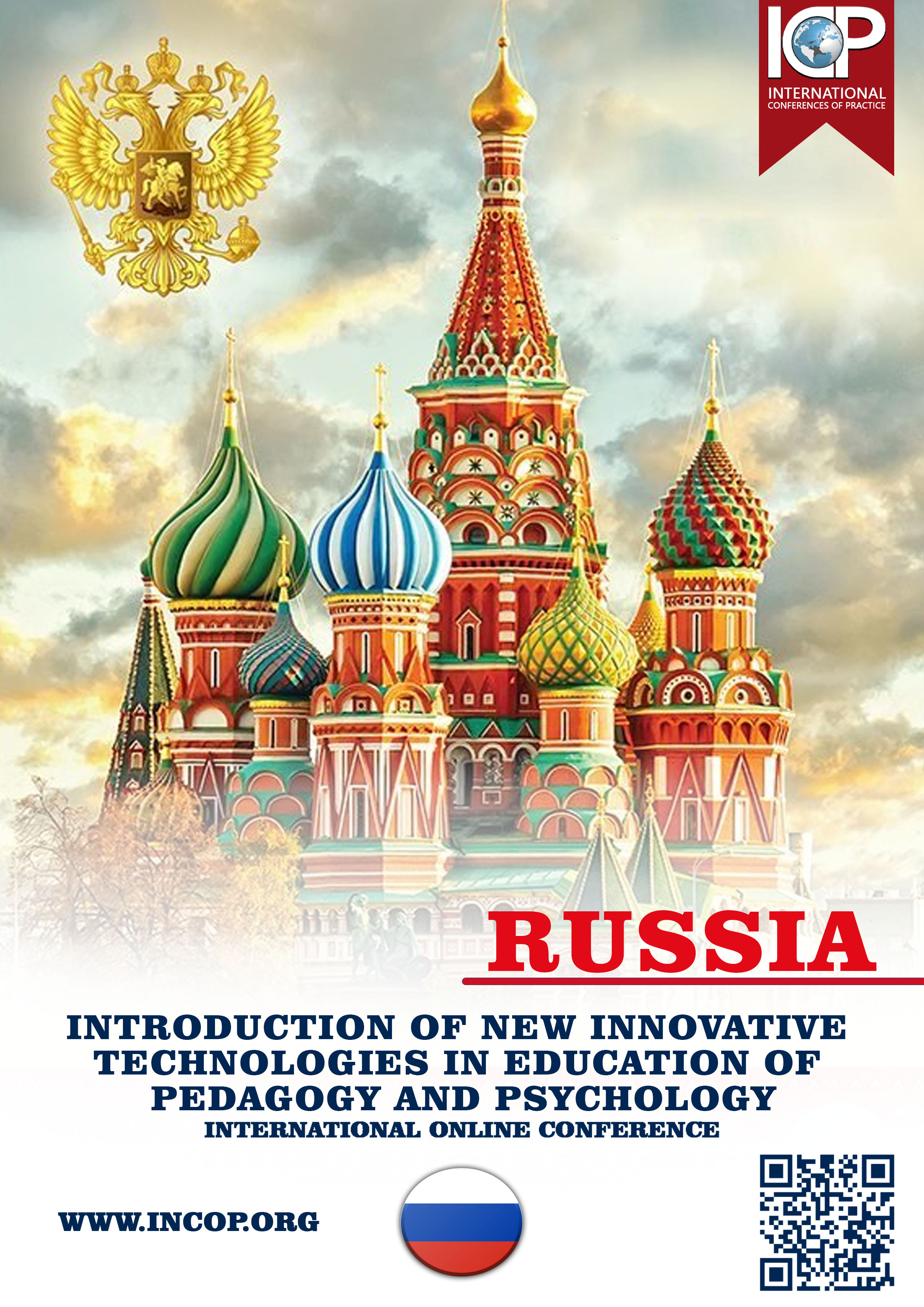EMOJIS AS NEW PARALINGUISTIC TOOLS IN WRITTEN ENGLISH COMMUNICATION
Abstract
In the digital age, written communication increasingly replaces traditional face-to-face interaction, creating the need for new tools to convey non-verbal cues. Emojis have emerged as crucial paralinguistic devices, compensating for the lack of tone, facial expression, and gesture in written English discourse. This article investigates the functional roles of emojis as expressive markers, analyzing their impact on the syntactic and lexical structures of digital messages. Drawing on 300 authentic digital interactions and existing theoretical frameworks, the paper categorizes emoji usage into emotional, pragmatic, and structural functions. The study concludes that emojis enrich written communication by adding visual-emotive layers, thereby forming a hybrid linguistic system that redefines traditional writing norms.
References
1. Danesi, M. (2016). The Semiotics of Emoji: The Rise of Visual Language in the Age of the Internet. Bloomsbury Academic.
2. Dresner, E., & Herring, S. C. (2010). Functions of the Nonverbal in CMC: Emoticons and Illocutionary Force. Communication Theory, 20(3), 249–268.
3. Evans, V. (2017). The Emoji Code: The Linguistics Behind Smiley Faces and Scaredy Cats. Picador.
4. Gawne, L., & McCulloch, G. (2019). Emoji as digital gestures. Language@Internet, 17(1).


